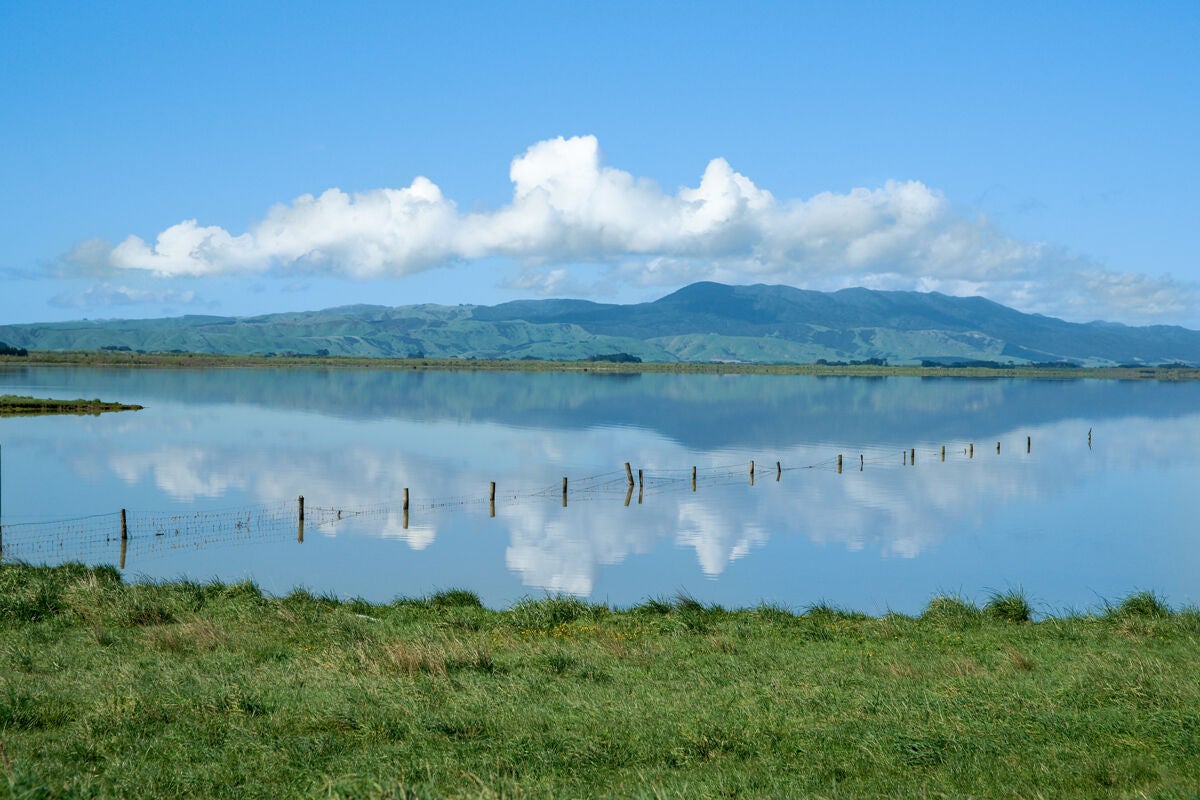Rural Insight -
Adapting to extreme climatic events

So much so that the government was recently compelled to revise its transport strategy. The Prime Minister cited Gabrielle as the prompt to move earlier plans to mitigate climate change using busways and cycleways, to greater expenditure on adaptation in the form of rebuilding a roading system capable of withstanding the brunt of extreme climatic events.
For farmers and orchardists mopping up after Gabrielle, the decisions between mitigating against emissions to reduce their footprint on the environment, and adapting to extreme climatic events is a stark but simple one.
For many, the riparian strips planted to improve water quality and one day sequester greenhouse gases under He Waka Eke Noa (HWEN) accounting have been washed away, along with the fences protecting them. Stands of carbon generating woodlots may have been turned to firewood and protected wetlands have been flooded with silt and debris.
In what can be seen as deeply symbolic of the choices faced, many will lack the resources to put such mitigating protections back in place, having to opt instead for the bare necessities of water, fences, fertiliser, and future proofed infrastructure, just to keep their land-based business viable.
Nick Hawken, Bayleys National Director Rural says that challenge faced by so many farmers and orchardists highlights something of a crossroads in the primary sector, and by default, New Zealand.
“That is a point we have come to, in deciding how much focus and how much of the very limited resources can be directed into the here and now to withstand and live with extreme climatic events, versus future mitigation of climate change.”
Until now, much of the sector’s focus with respect to the changing climate has been at the two different ends of the response spectrum.
At the far end of that spectrum there has been much debate and policy to-and-fro about HWEN as the means to encourage mitigation of gas emissions in the sector. Riparian plantings, improved biodiversity, lower emitting livestock, and methane inhibiting supplements have all been part of that focus.
At the more immediate end of the response has been the reactive action after a major weather event inevitably exacerbated by extreme climatic events.
Until now that has often largely been increasingly regular drought prompted responses, including government declarations, feed supplement drives and drought payments.
Floods have featured, but Gabrielle has restated the bar for the scale of reactive response to such events, one certain to require millions.
But as regions like Northland and the East Coast of the North Island experience multiple back-to-back events, the need to accept and adapt to these events will continue to be more pressing.
“In cleaning up and remediating after the latest events, many farmers and growers may need to consider more than simply replacing infrastructure with the same version of whatever was washed away.
“Culverts may have to be sized up, farm dams deepened, drains widened, and fences strengthened all in a move to adapt to the ‘new normal’ weather events,” says Hawken.
This need is heightened by what must also happen beyond the farm gate.
Local council investment in infrastructure that was often already challenged prior to such major events is now demanding investments well beyond their ability to fund essential infrastructure projects.
Again, bridges will need to be higher and stronger, roads more robust, utility services repositioned, all to go above and beyond a “business as usual” response to a major event.
Any work will require a unified approach with those who are inside the farm gates.
Farmers who re-invest in adapted farm infrastructure which withstands the next major event will not want their stock stuck on farm, because the local road system was not rebuilt to also withstand extreme climatic events.
This in turn will demand broad, inclusive discussions at regional levels on the best land use for that region. A key challenge being the fertile nature of flat and low-lying country that has provided so much productivity to the regions through much of the last century.
A top down one size fits all national policy from Wellington will not suffice for catchments where the variations are simply so great, and the demands so varied.
The efforts to address one issue in a region cannot have unintended consequences in another.
“The problem of forestry slash on the East Coast does highlight this. A response to Cyclone Bola in 1988 prompted mass tree planting on hill country, with changes over time leading to today’s problems of those same trees being harvested, and causing the problems witnessed.”
The East Coast enquiry into forestry slash may need to be undertaken in all sensitive hill country regions of New Zealand to better equip their ability to withstand future climatic events, with all parties around the same table to take a holistic, region wide, rather than sector wide, view of future landscapes.
Meantime the recent events will mean future buyers of rural land will place adaptation response high on their list when conducting due diligence prior to purchase.
“It may prove to be that while mitigation moves are important for meeting industry future targets like GHG emissions reductions, for some rural landowners and buyers, adaptation will be a higher priority in their minds, as they consider the farm’s continuity and ability to withstand the here and now impact of extreme climatic events,” says Hawken.

Read more...